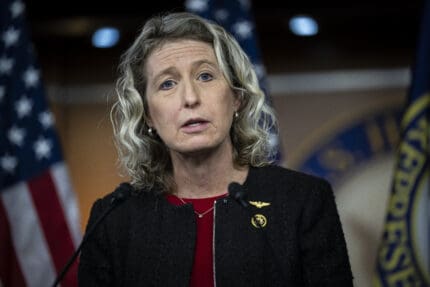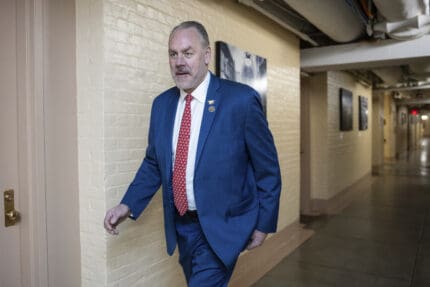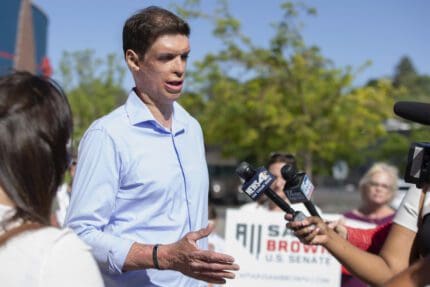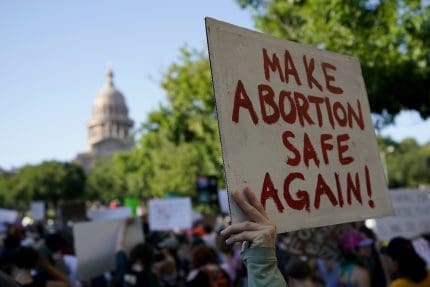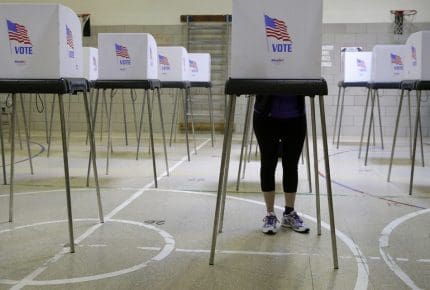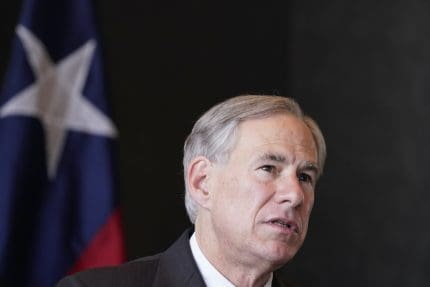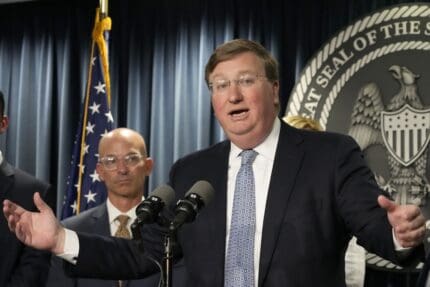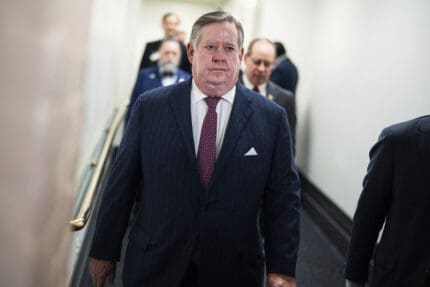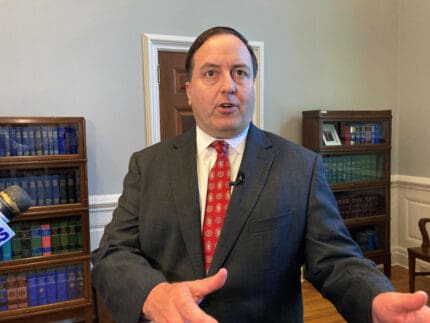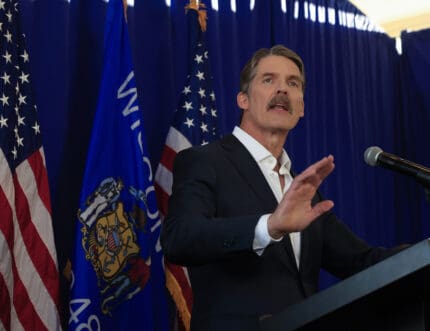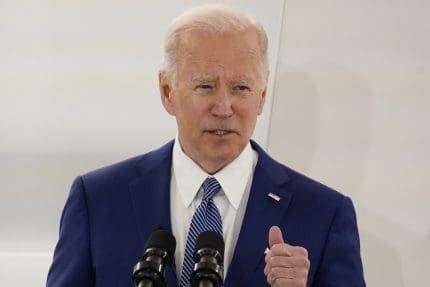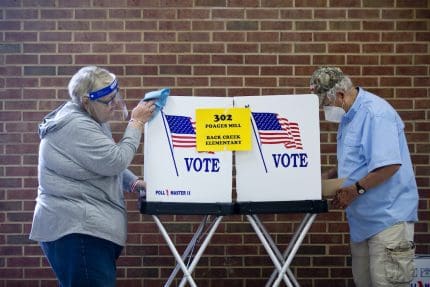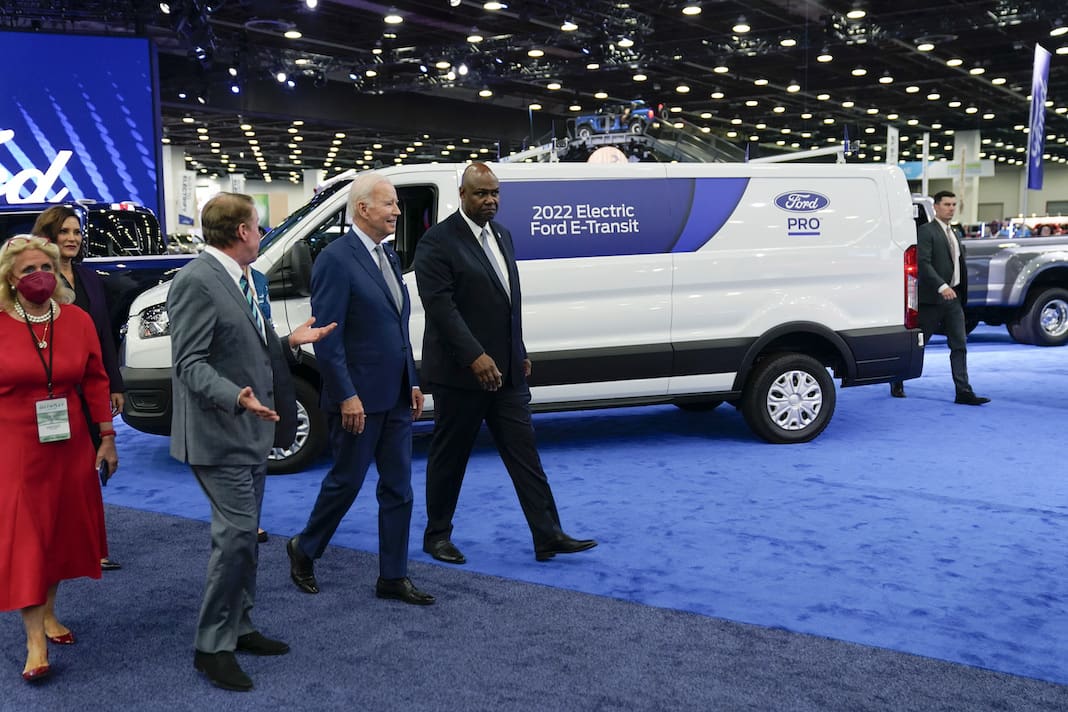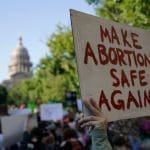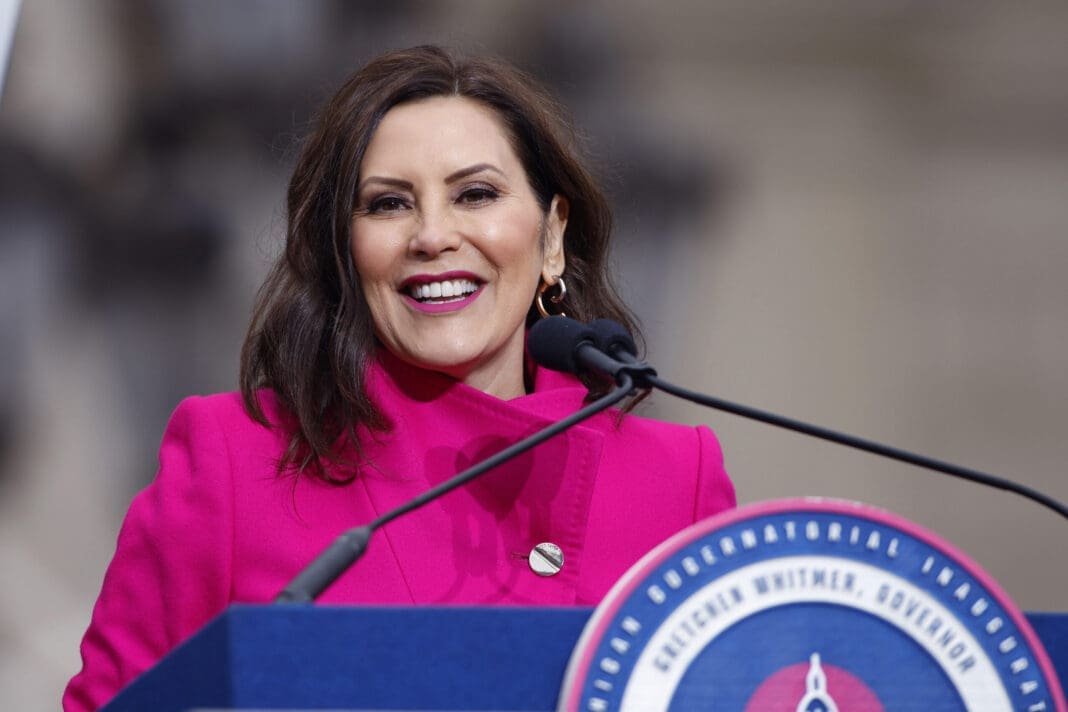What really happened in the Supreme Court decision on Texas' abortion ban
Even conservative Chief Justice John Roberts dissented from the highly ‘unusual’ majority opinion.

The Supreme Court’s decision on abortion wasn’t a decision at all. Instead, the court let a highly restrictive, highly unusual Texas law go into effect by simply doing nothing.
Earlier this year, Texas passed a so-called “fetal heartbeat” bill, which acts as a six-week ban on abortion. That’s because what Texas and other conservative states call a “heartbeat” is, according to scientists, a group of cells emitting electrical activity. As Jennifer Kerns, an ob-gyn at Zuckerberg San Francisco General Hospital, explained to Wired in 2019, “We are in no way talking about any kind of cardiovascular system.”
Since that electrical activity can occur in an embryo well before most people know they’re pregnant, a six-week ban is really a total ban for the majority of people. Planned Parenthood Federation of America notes that between 85% and 90% of people who obtain abortions in Texas are at least six weeks pregnant.
Texas added a unique twist to its law, which is that the state won’t enforce it. Rather, it’s outsourced enforcement to private citizens who can, vigilante-style, collect a $10,000 bounty when they successfully sue anyone who “aids or abets” someone who has an abortion past that six-week mark. The same bounty applies to anyone who performs an abortion.
Under the Texas law, aiding and abetting includes things as small as driving someone to get an abortion or loaning them money to do so.
Since the only enforcement of this law is by private citizens, not the state, Texas asserted to the Supreme Court that it couldn’t be sued. The state is likely right. Providers and civil rights organizations such as the ACLU typically file lawsuits against public officials, like a state’s attorney general. Here they can’t, because the law prohibits those public officials from enforcing it.
With all this in play, the case landed at the Supreme Court Monday with an emergency request from abortion providers that the court hear the case and block the law.
It should have been an easy choice to block the law, as it is a previability ban. Such bans violate a central principle of Roe v. Wade, which is that abortions cannot be prohibited before the point at which a fetus could live outside the womb. Medical experts agree that viability doesn’t happen until at least 24 weeks.
However, rather than blocking the law, the Supreme Court did nothing, which meant the law went into effect at 12:01 a.m. on Sept. 1. Much later on Sept. 1, close to midnight, the Court finally issued an opinion.
That opinion was a scant one page. It was unsigned, but it is clear from the four dissents, from Justices Elena Kagan, Sonia Sotomayor, and Stephen Breyer and from Chief Justice John Roberts, that the remaining five conservative jurists on the court voted in favor of letting the law take effect.
The majority wrote that the clinics that brought the suit raised “serious questions regarding the constitutionality” of the law, but it let the law go into effect nonetheless.
That’s a result that even Chief Justice Roberts condemned. Roberts called the outsourcing of enforcement to private citizens “not only unusual, but unprecedented.” He would, therefore, have blocked the law, he wrote.
Roberts is no champion of abortion rights, favoring a whole host of restrictions. He might even eventually uphold a law such as Texas’, but only with “full briefing and oral argument” before the court.
Justice Breyer’s dissent noted in effect that Roe’s viability requirements function as a line in the sand, saying that “a woman has a federal constitutional right to obtain an abortion during that first stage.” Breyer said that letting the law go into effect actively causes harm by functionally stopping abortions in the state.
Justice Sotomayor echoed that thought, pointing out that at least one clinic, Planned Parenthood South Texas, has already stopped performing abortions because of concerns about the law.
Finally, Justice Kagan called out the court for its recent tendency to use the “shadow docket” to decide big cases. Here, the parties did very minimal briefing, which they had to turn around in two days, and the court decided to let the law go into effect with no oral argument.
That’s the same way the court recently blocked two key Biden administration rules: enforcement of a federal moratorium on evictions and the eliminating the Trump administration’s insistence that people seeking asylum in the United States not enter the country before their cases are adjudicated, under the “remain in Mexico” policy. No public oral arguments, no real length of time spent considering the law — just unsigned rulings, often late at night.
That’s what the court did with Texas’ abortion law, and it doesn’t bode well for the future of Roe. The court is set to hear a case regarding Mississippi’s 15-week previability abortion ban in the upcoming term, but a majority of the justices just signaled that they think such bans are just fine.
Published with permission of The American Independent Foundation.
Recommended

New NC GOP chair flirts with bogus stolen election conspiracies
Simmons predecessor was a staunch 2020 election denier
By Jesse Valentine - April 19, 2024
Texas activists pushed abortion restrictions in NM cities and counties, records show
Emails reveal influence and control in exchange for promises of legal help
By Austin Fisher, Source NM - March 04, 2024
Cannabis workers across Missouri begin push to unionize dispensaries
The first day was a breeze. Sean Shannon and Danny Foster walked into several marijuana dispensaries around Missouri with their matching “Union For Cannabis Workers” shirts and talked to employees about the possibility of unionizing. “The first day, there were 57 stops amongst the teams,” said Shannon, lead organizer with UFCW Local 655, which actually […]
By Rebecca Rivas - December 04, 2023











